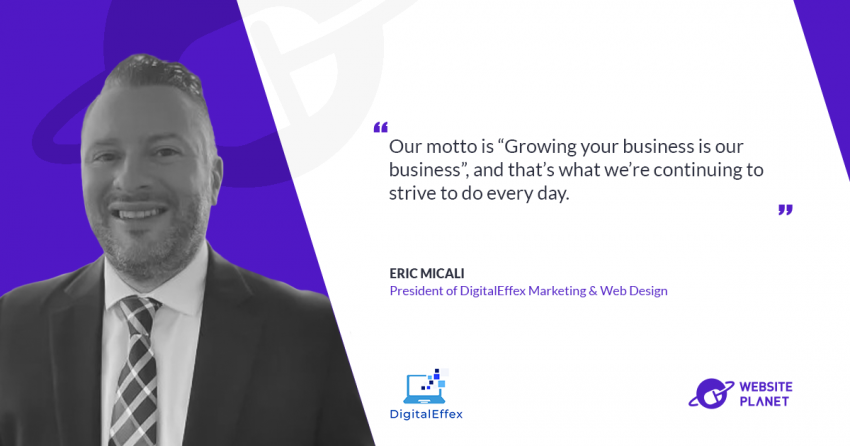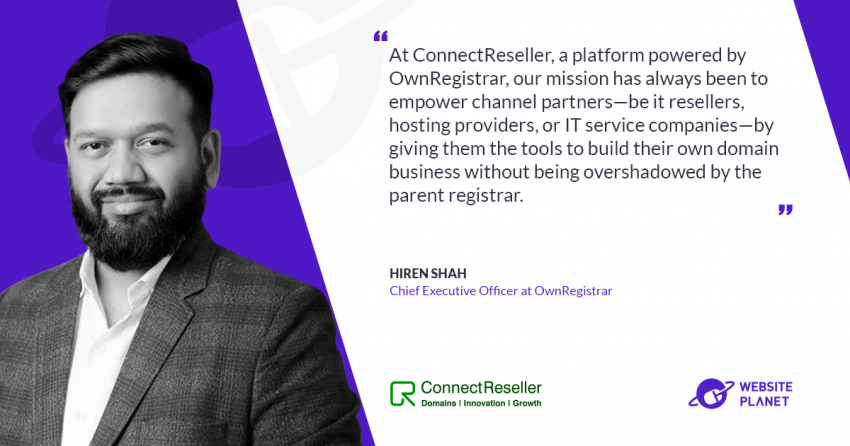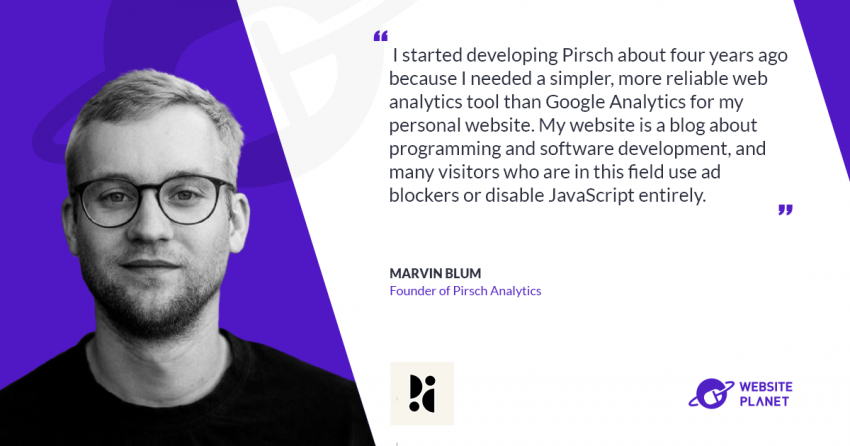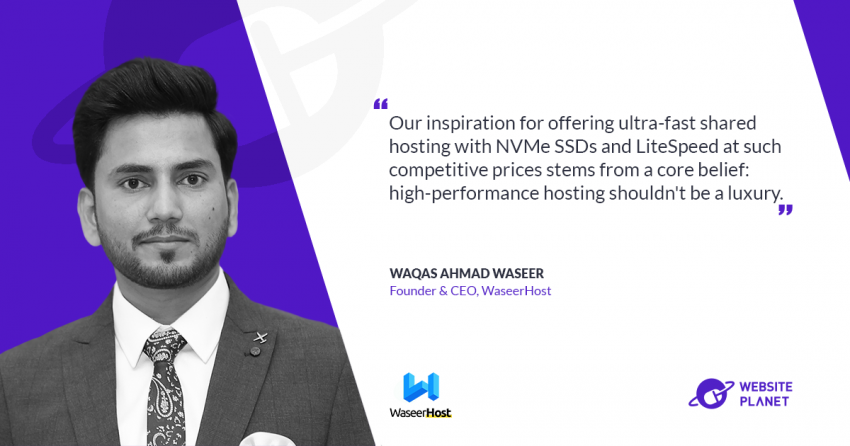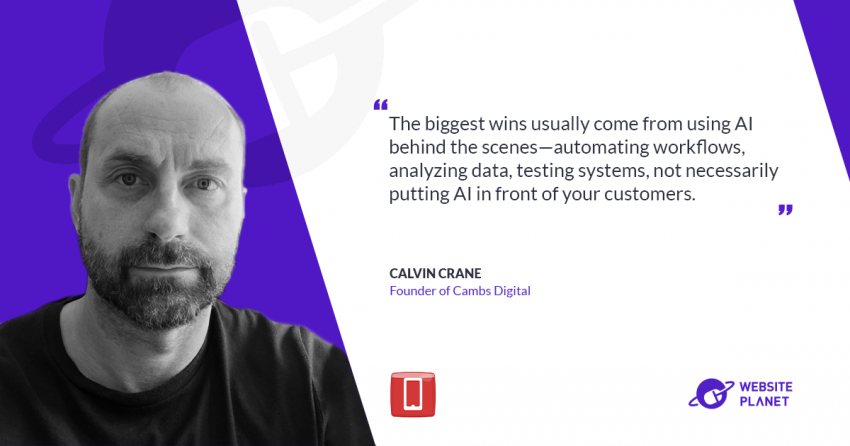
Building applications and achieving scalability with Backendless
There are many codeless solutions being offered right now. But how do they work and can you build applications to reach thousands or even millions and deliver good experiences and value? All of that without being a developer?
Those are some of the subjects we talked about with the CEO of Backendless, Mark Piller. Check out the interview below!






